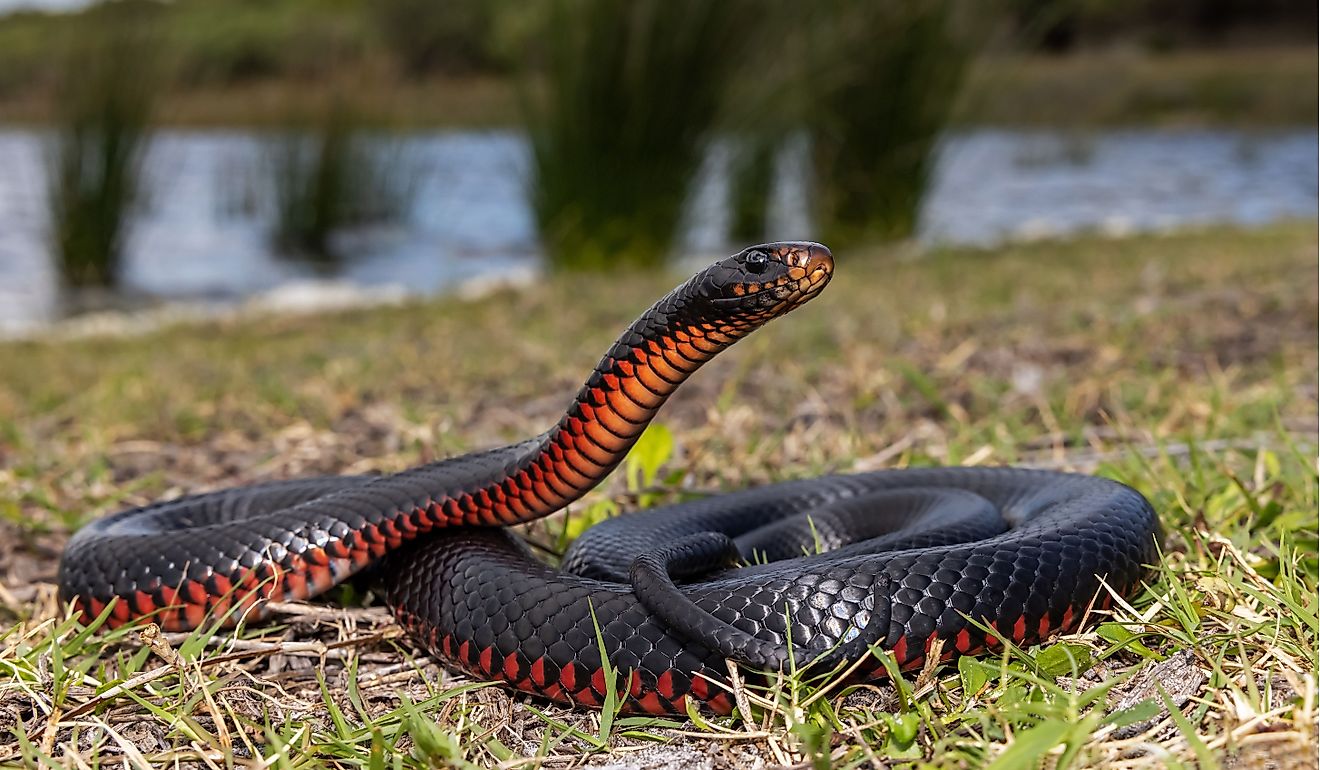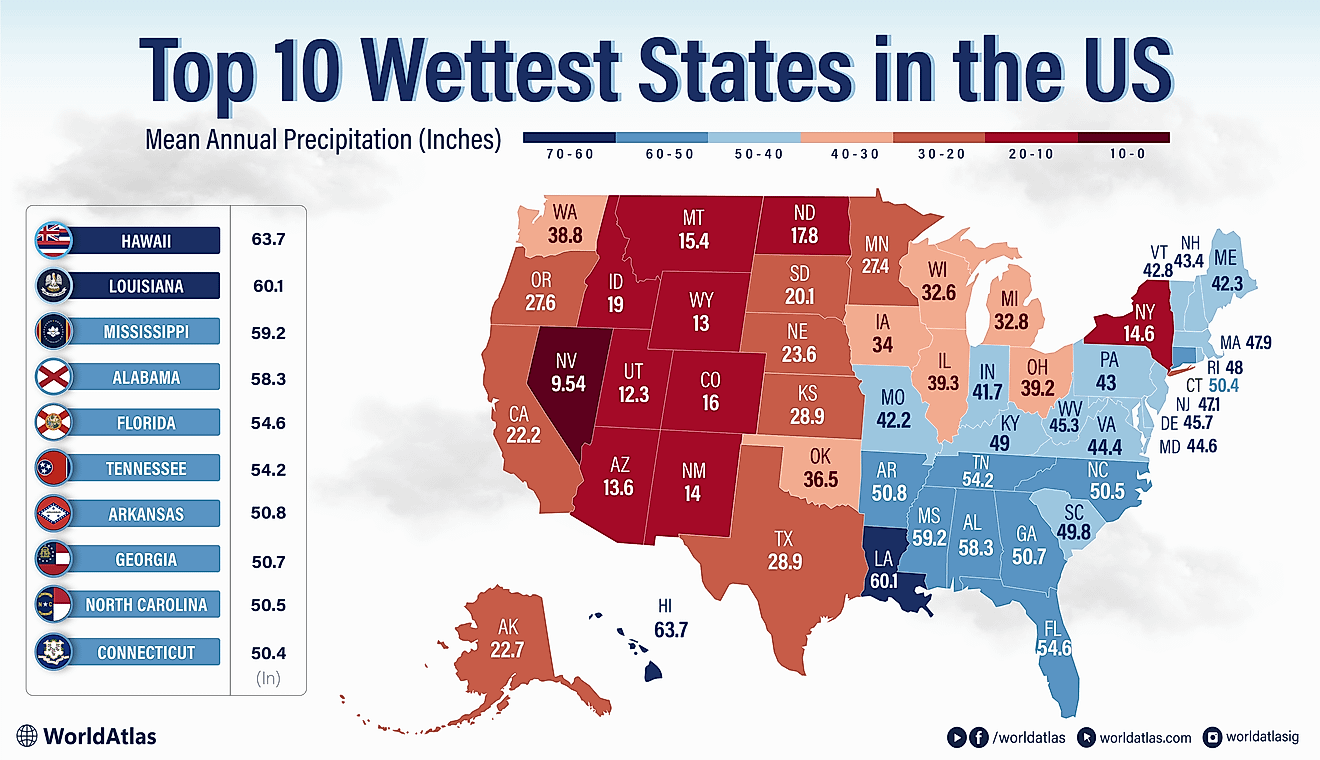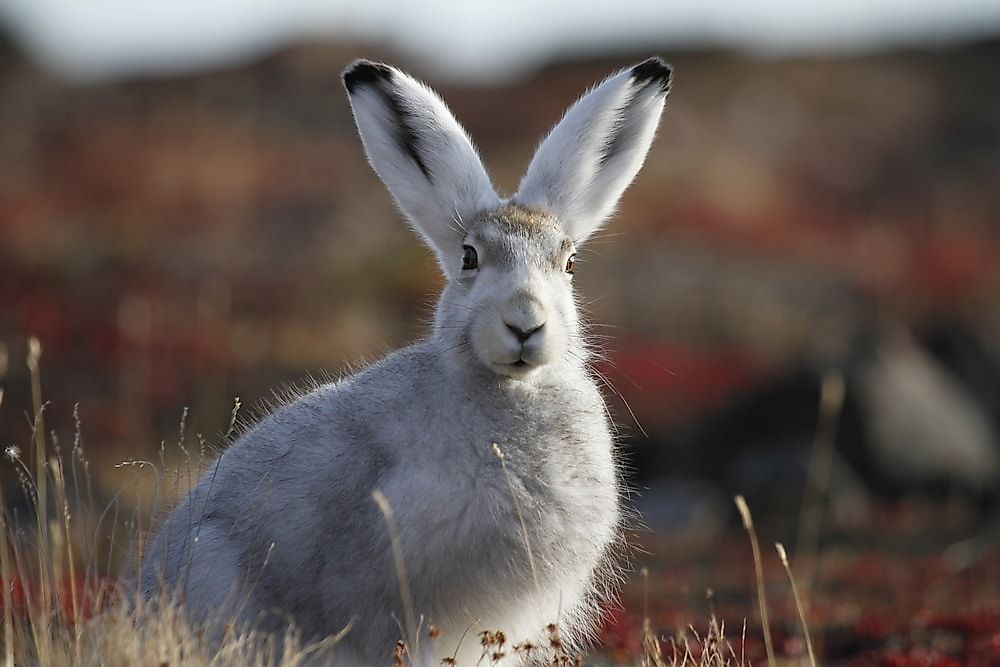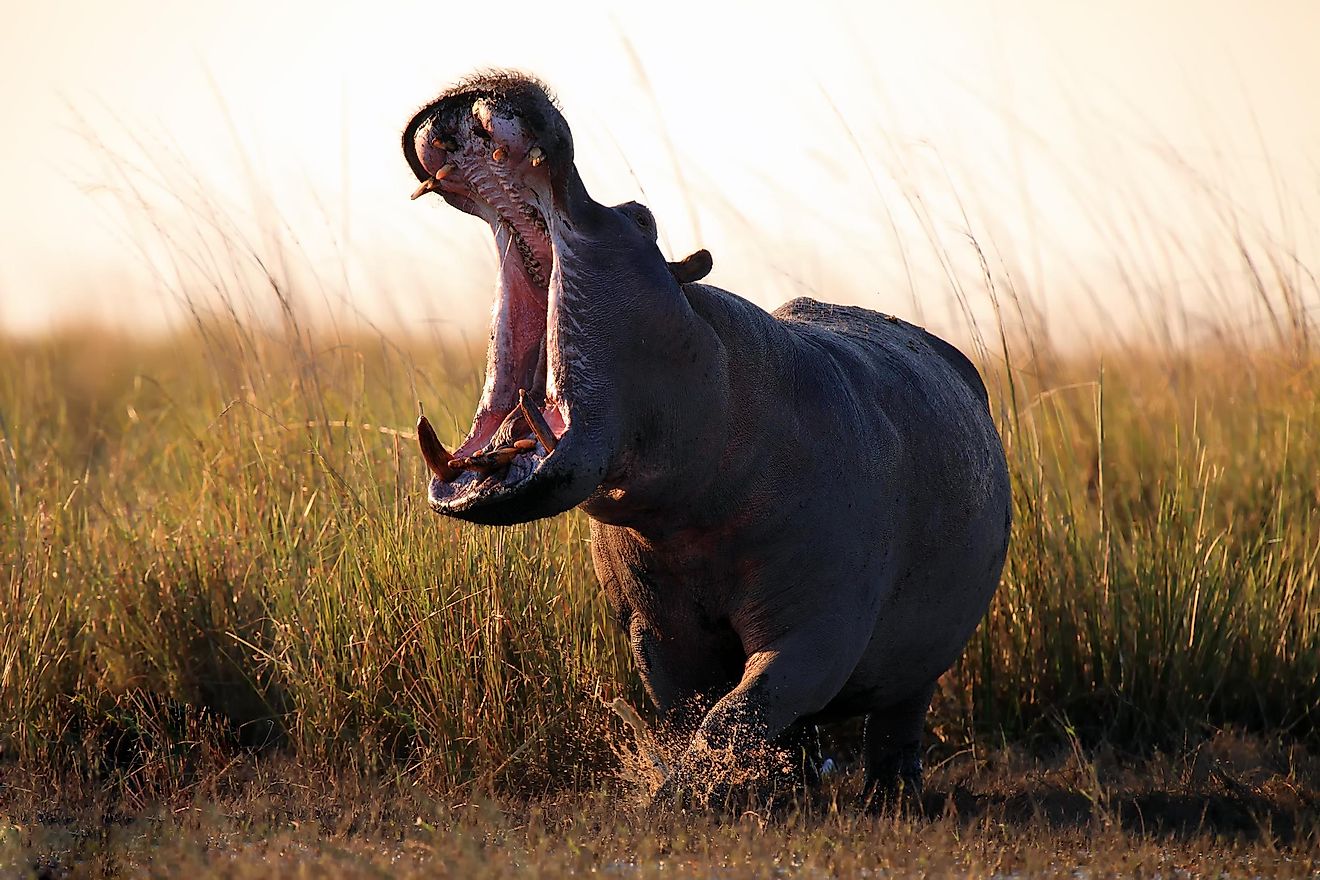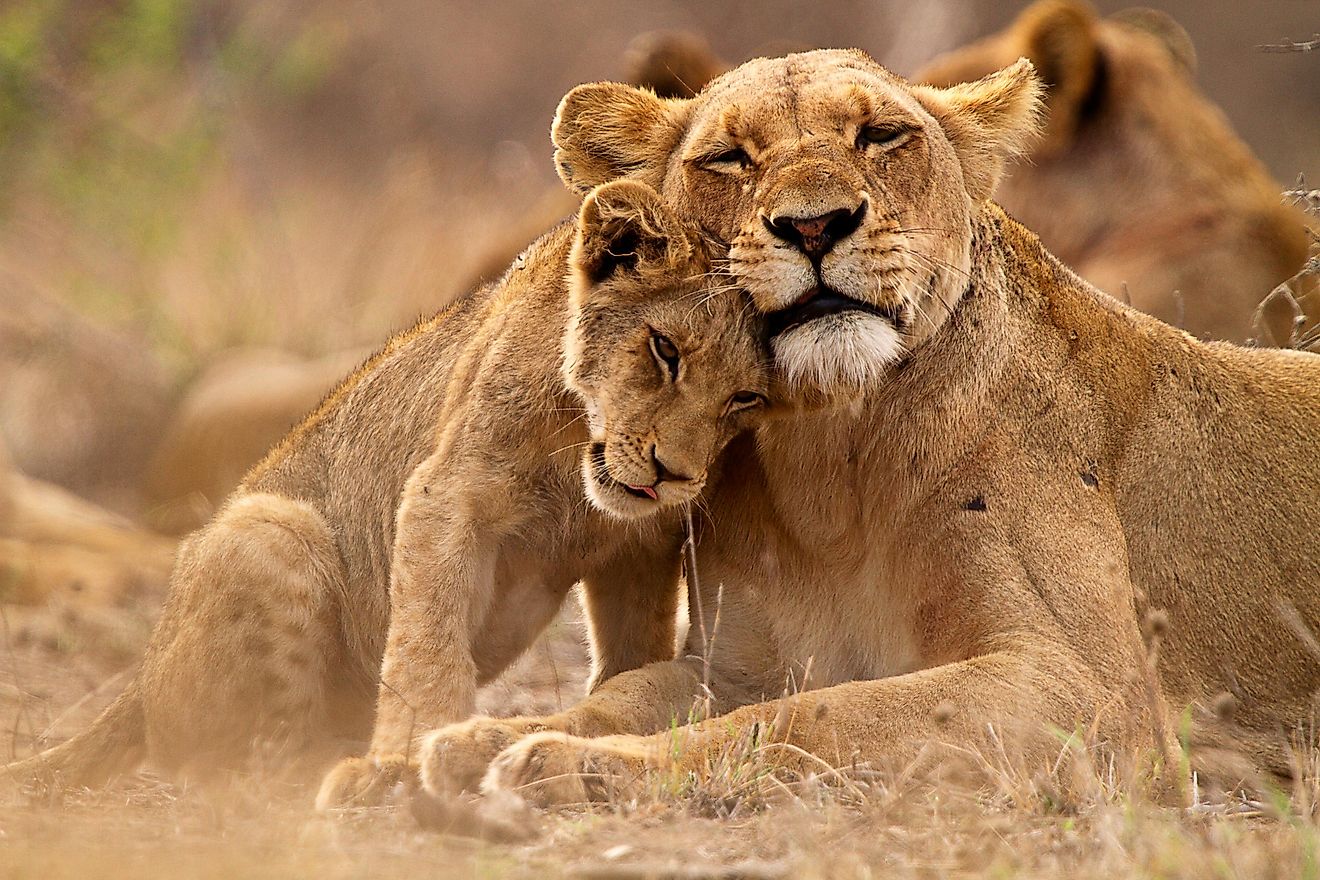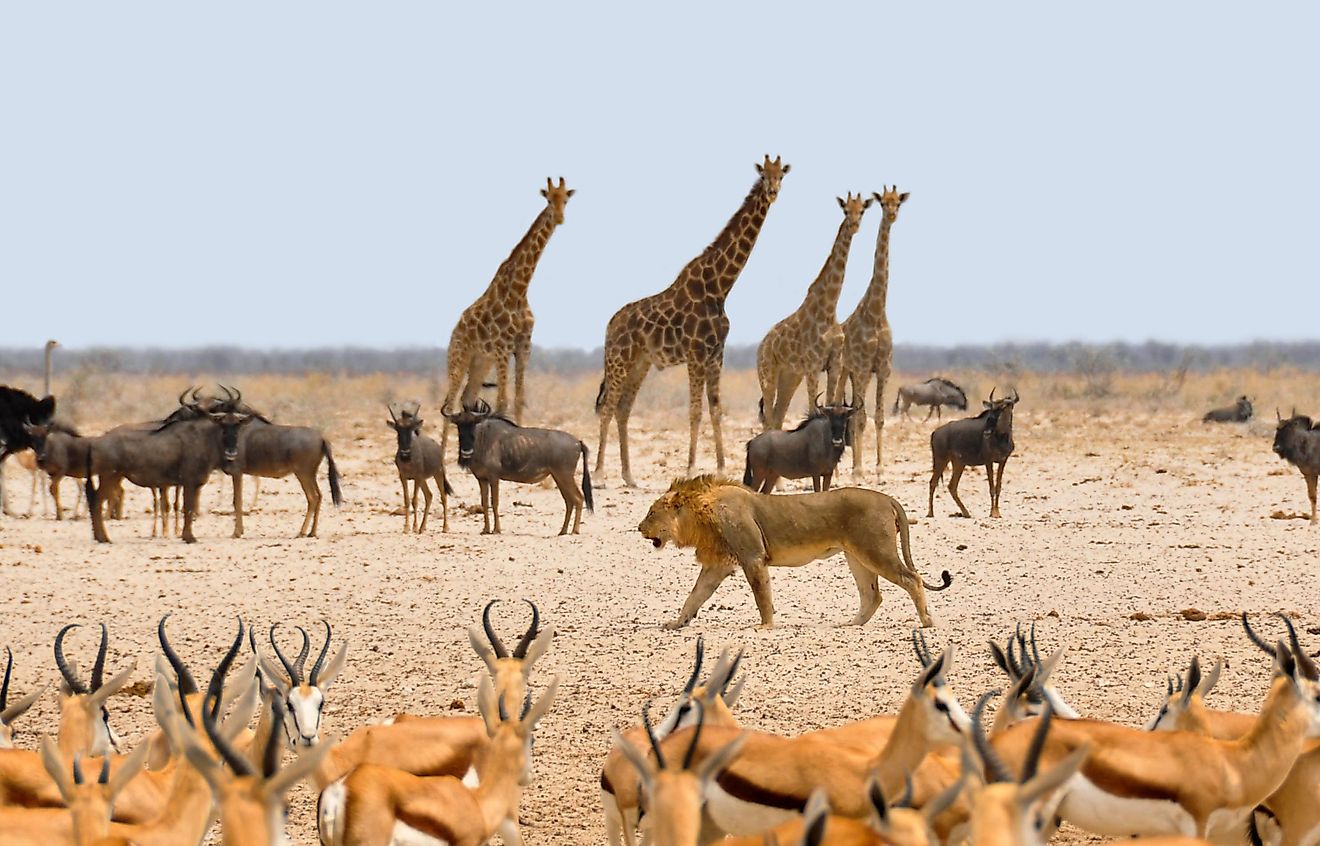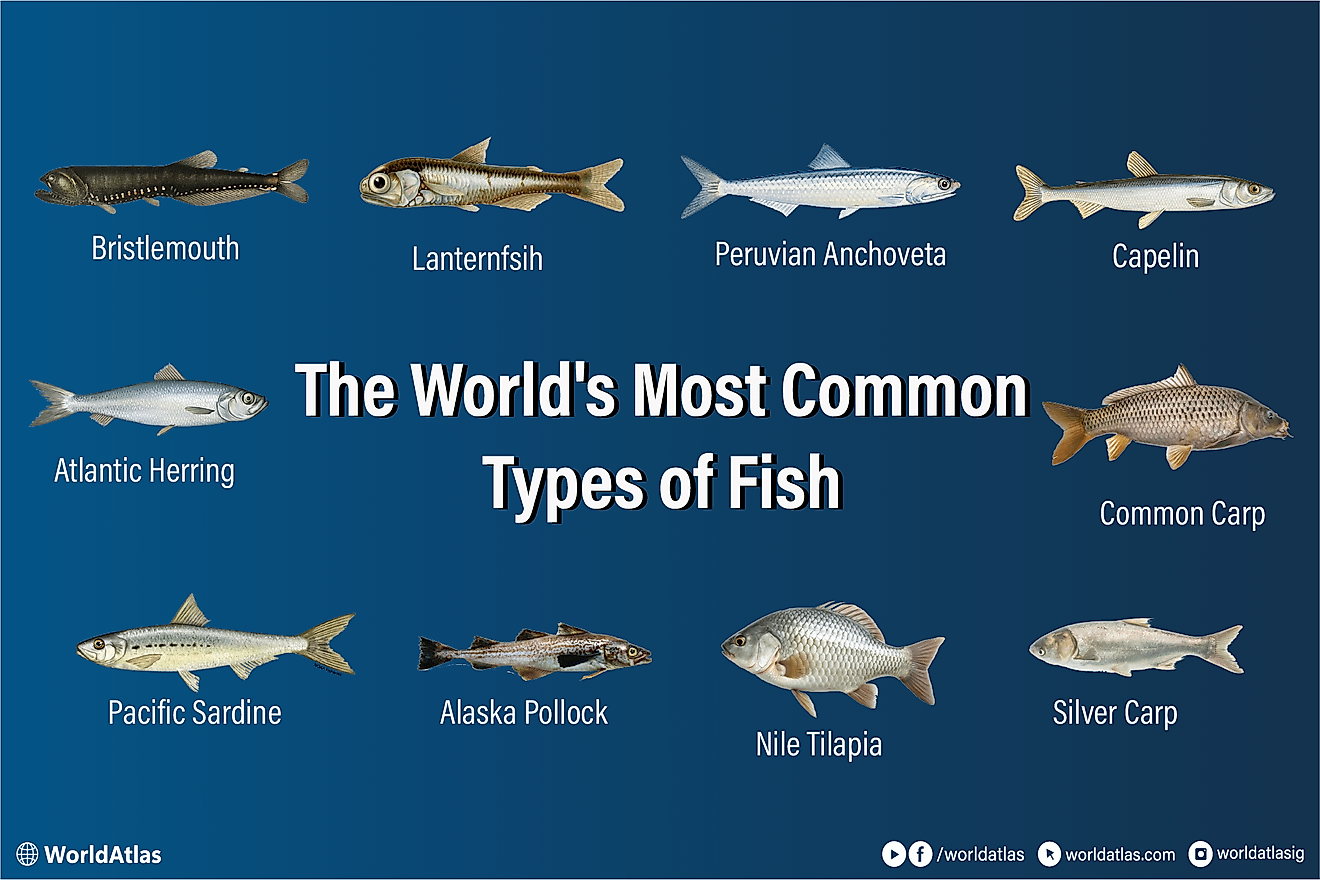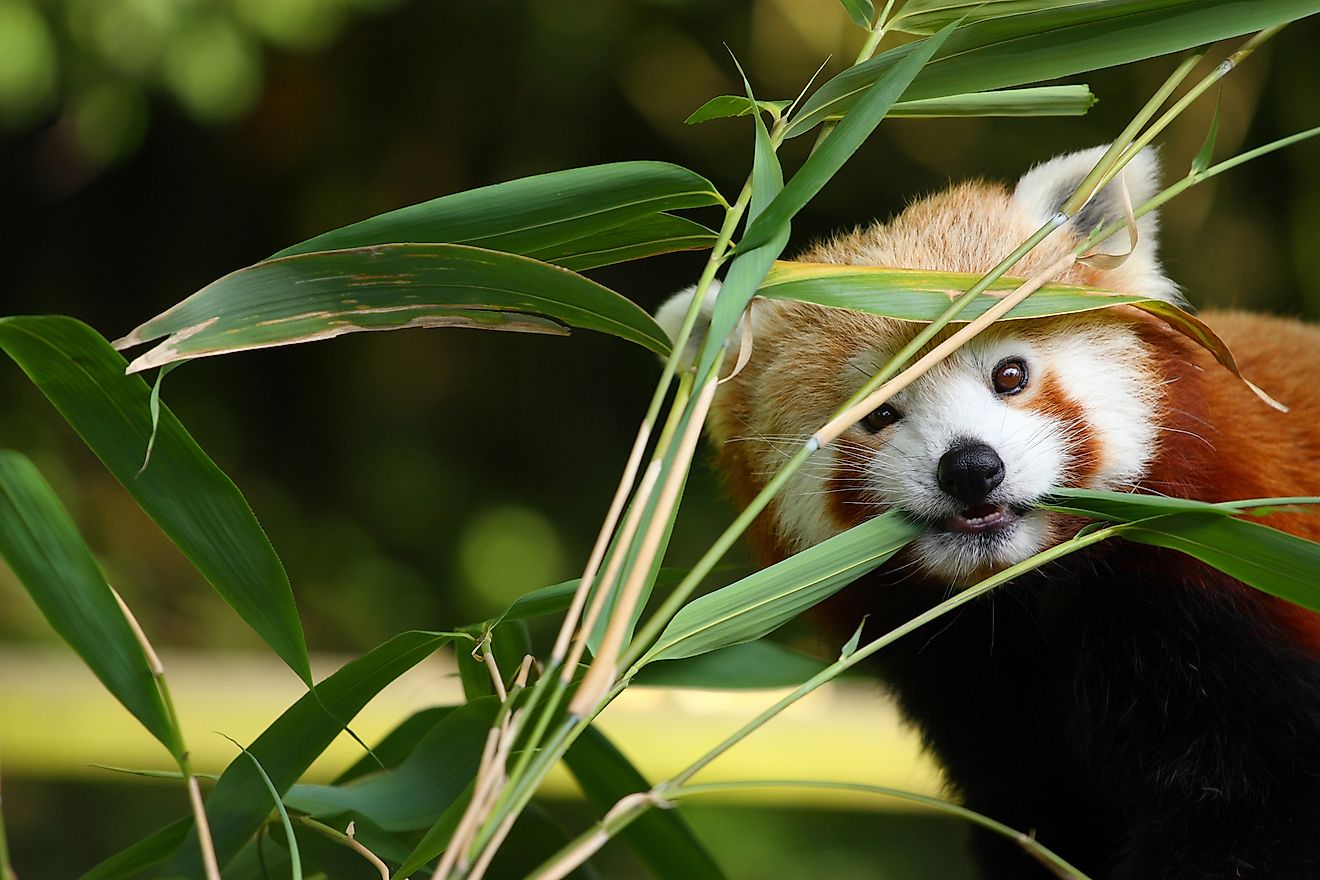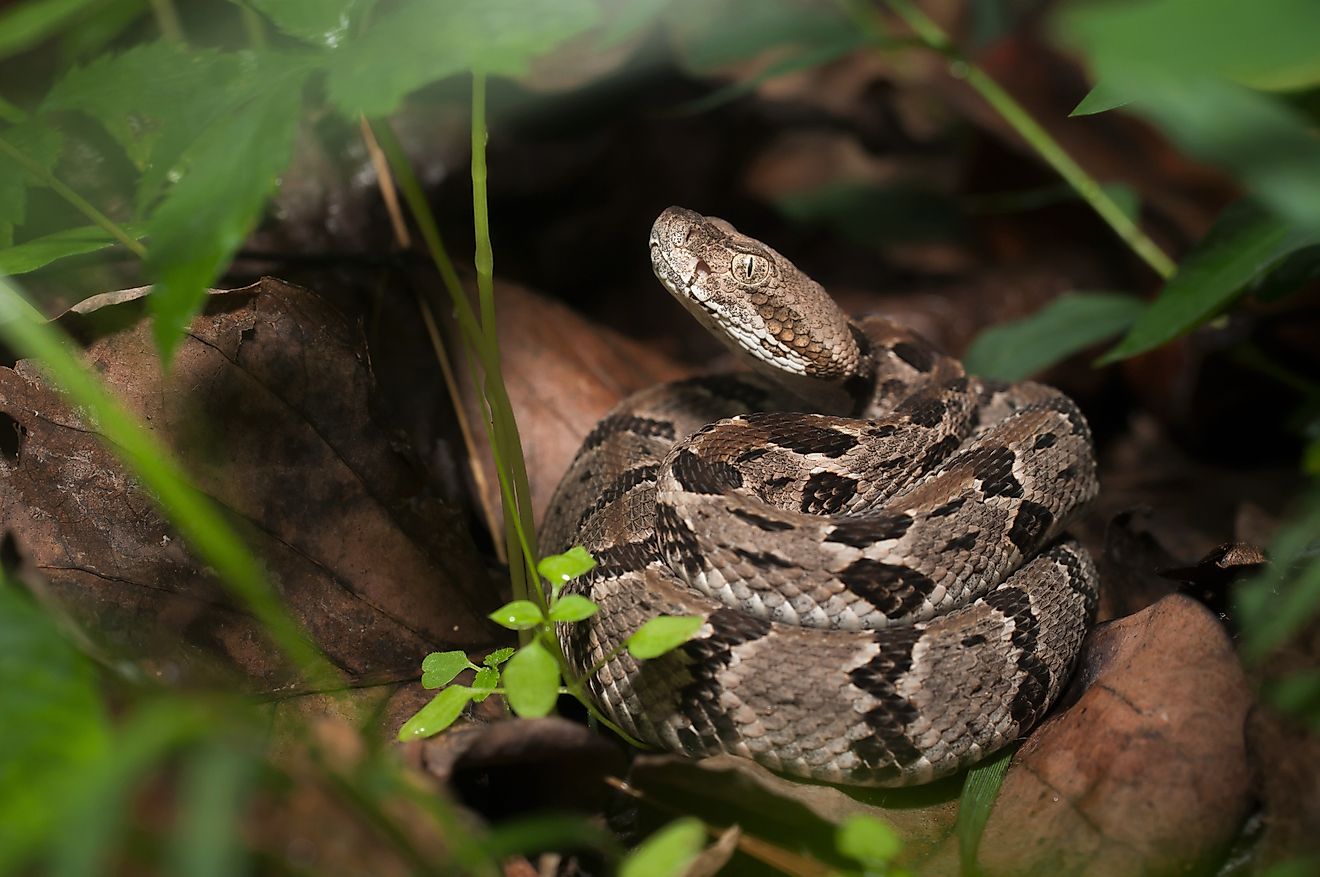
4 Endangered Animals Fighting For Survival In Kentucky
The thought of losing an entire species is hard to swallow. From genetic factors to the destruction of natural habitats, an animal might end up with the “endangered” status for a few different reasons. In Kentucky, animals, including bats, birds, shellfish, and snakes, have all experienced a loss of habitat that has left them fighting for survival. Since humans and human development cause most habitat-related destruction, it’s only right that humans step up and support local conservation efforts.
Virginia Big-Eared Bat
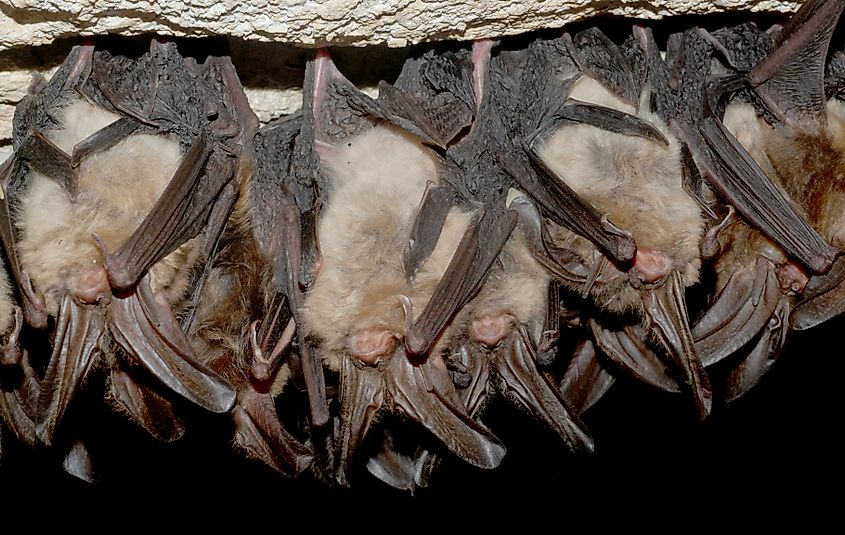
Known for their large, roughly one-inch ears, the Virginia big-eared bat is an endangered species that can be found dwelling in caves in eastern Kentucky. It can also be found in parts of West Virginia, Virginia, and North Carolina. The bats have brownish fur, bodies up to four inches long, a 12-inch wingspan, and two noticeably large glands above their nose. Residing primarily in limestone caves, the Virginia big-eared bat survives mainly on moths and small insects. The bat’s endangered status is primarily due to human interruption during hibernation and maternity. Luckily, there are ways to help. A local organization, Second Chances Wildlife Center, takes in all species of bats to rehabilitate them back into the wild. In 2025, the shelter is raising money to build Kentucky’s first and only bat conservation building to increase their capacity and help save more bats.
Whooping Crane
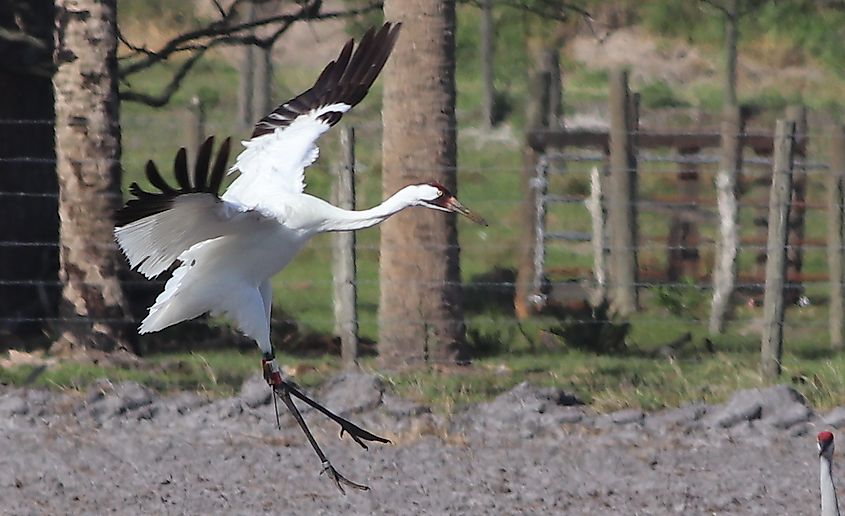
The whooping crane is a striking bird that stands roughly five feet tall and boasts a wingspan of about seven feet. The bird's long, thin legs account for much of the height. Most whooping cranes are migratory and enjoy a range of habitats including marshes, lakes, ponds, wet meadows, pastures, and agricultural fields. Quite the romantics, these beautiful birds are known to mate for life. While these birds were once near extinction, their population is starting to rise again. However, with ongoing damage to their natural habitats, the whooping crane population is still at risk. Although there is no dedicated local rescue for whooping cranes in Kentucky, concerned residents can donate to the International Crane Foundation, which supports the conservation of whooping cranes in Kentucky and across their range.
Kentucky Cave Shrimp
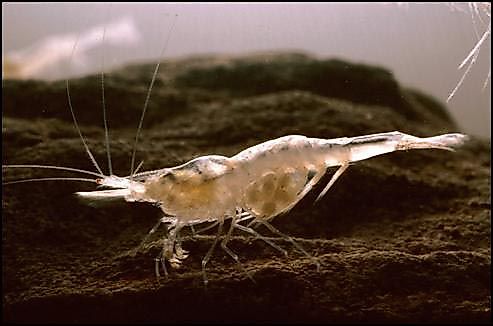
The small but mighty Kentucky cave shrimp can be found exclusively in cave streams at Kentucky’s Mammoth Cave National Park. The endangered shrimp are eyeless, stygobiotic, and sustain themselves primarily on groundwater sediments that splash into the cave. Although it is hard to monitor the population of these shrimp as they reside in deep underwater areas that divers can’t access, the Clean Water Act of 1972 is thought to have positively impacted their overall numbers. These tiny shrimp are still federally protected, and ongoing efforts from Mammoth Cave National Park are made to improve the habitat so these shrimp can thrive.
Kirtland's Snake
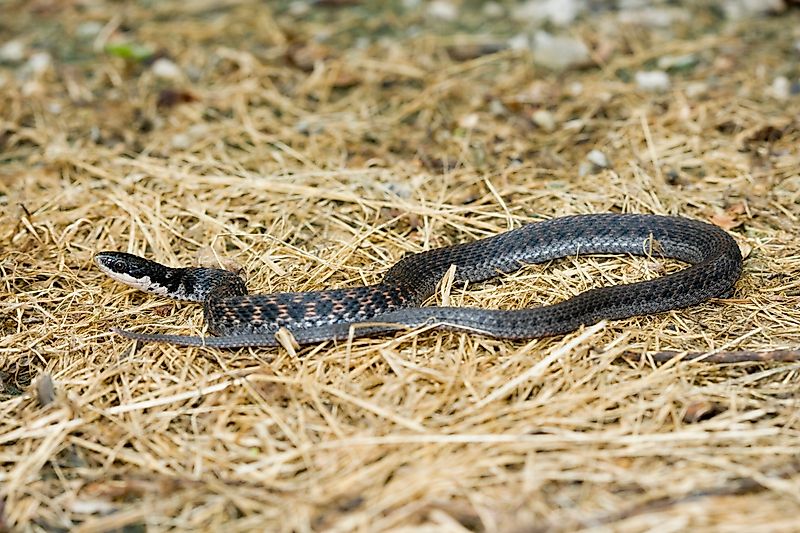
The Kirtland’s snake exists primarily in small, isolated populations near the Ohio River. While the red-toned reptiles are not technically on the federal endangered species list, local advocates in Kentucky are fighting to update that status. Much of the snake's natural habitat has been destroyed, and reports predict that by 2060, 25% of their current habitat will also be unsuitable for living. The snakes are naturally reclusive, preferring to spend much of their time under the cover of moist soil with a water source nearby. The snakes survive on a diet of slugs, earthworms, amphibians, and other small reptiles. The typical Kirtland’s snake stretches about 14 to 28 inches long. Kentucky Wild, a local branch of the Kentucky Department of Fish & Wildlife Resources, is working to improve the natural landscape for Kirtland’s snakes and other at-risk species.
Kentucky is home to a wide range of wildlife, from bats with huge ears to tiny, eyeless shrimp rarely seeing the light of day. But unfortunately, not all animals in the Bluegrass State are thriving. These adorable creatures face many challenges, whether from human disturbances or habitat loss. Even species whose endangered status has been lifted in recent years still have a long journey ahead. Luckily, there is still time to save these at-risk species. Education is the first step for those interested in supporting Kentucky’s endangered and at-risk wildlife. Those interested in learning more about Kentucky’s wildlife population and how they can help animals in need can always check in with the Kentucky Department of Fish and Wildlife for ways to support, donate, and raise awareness.

